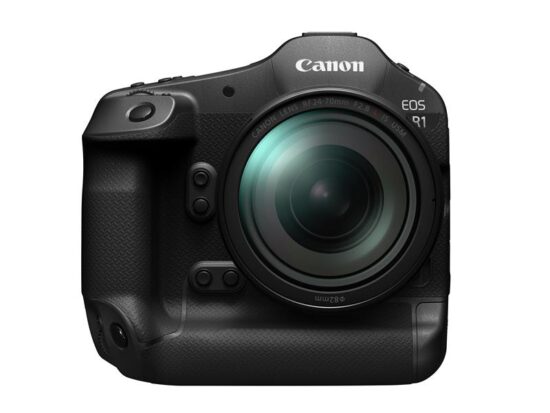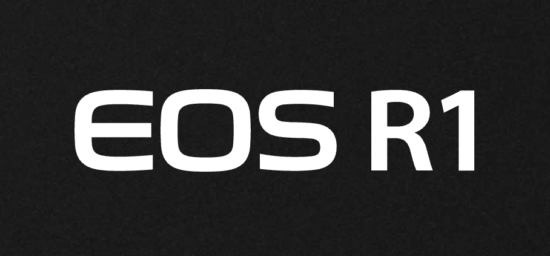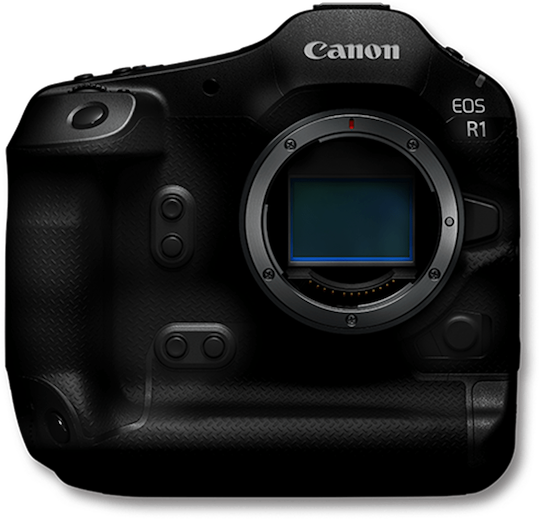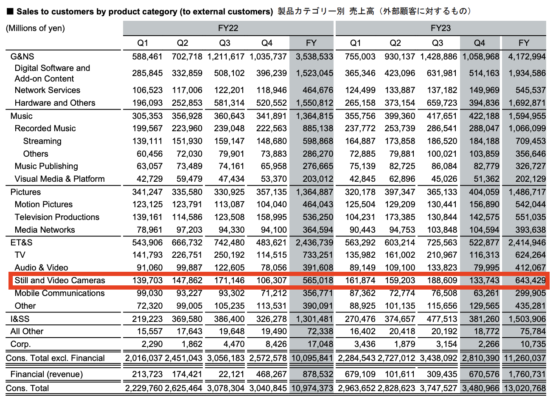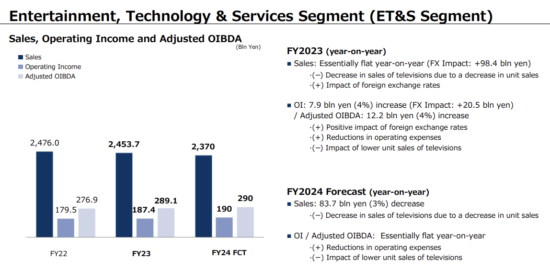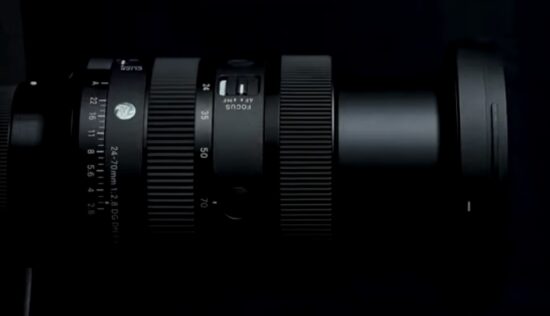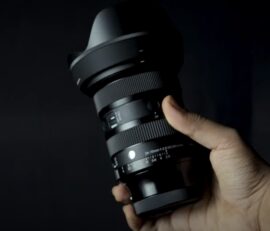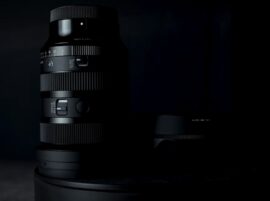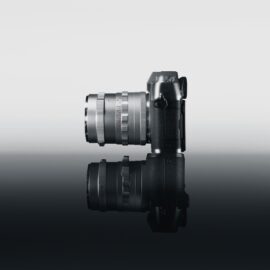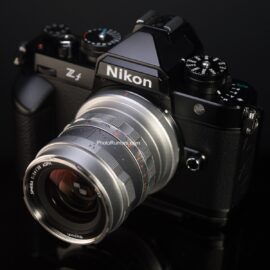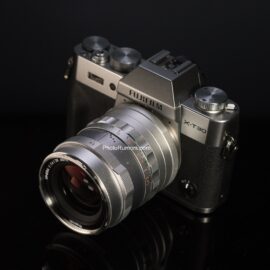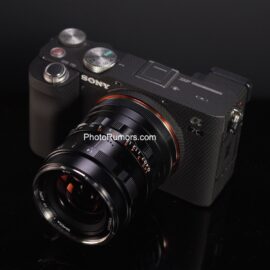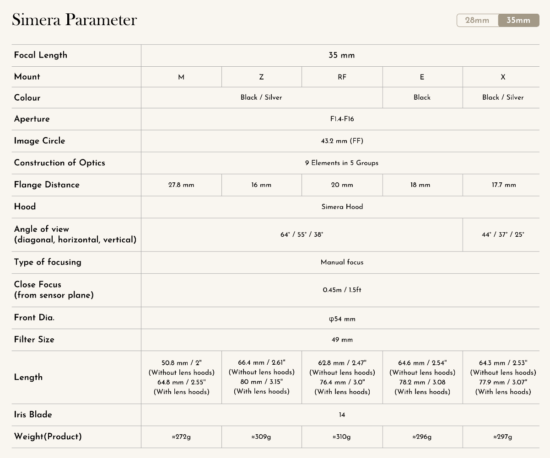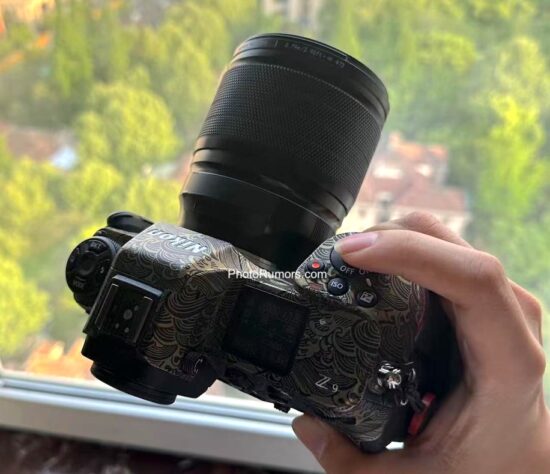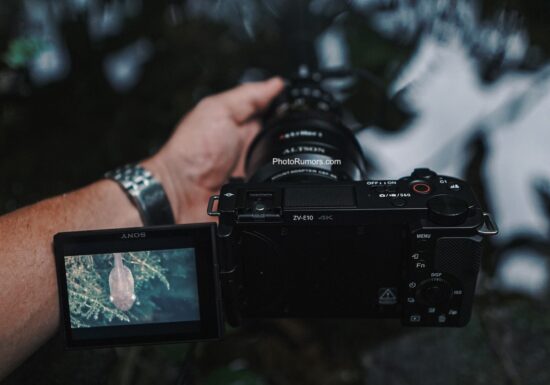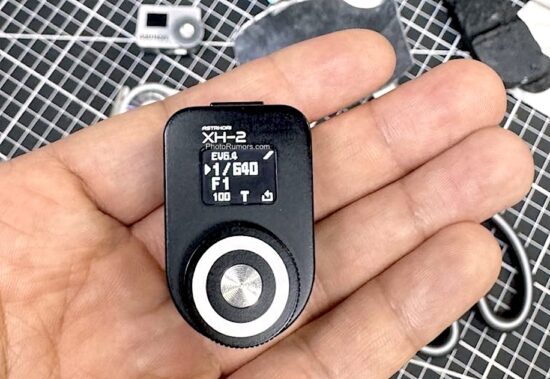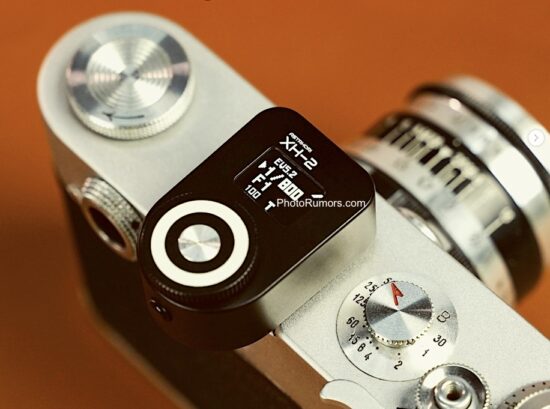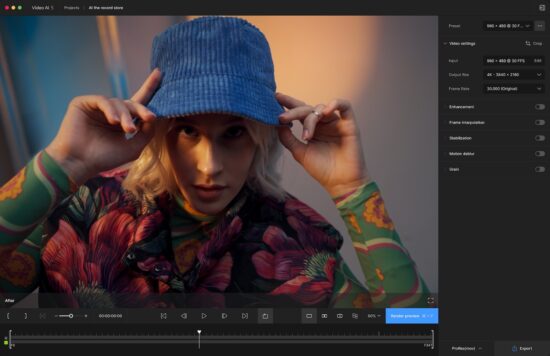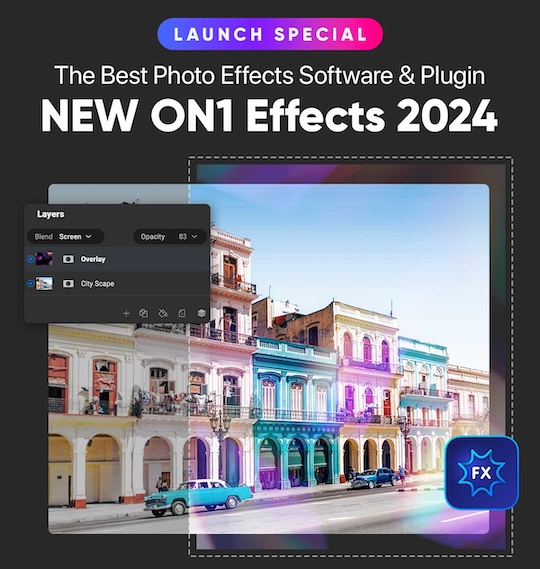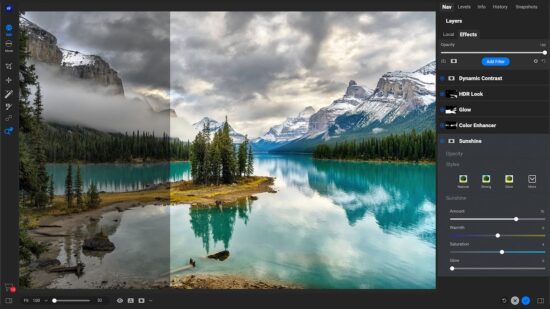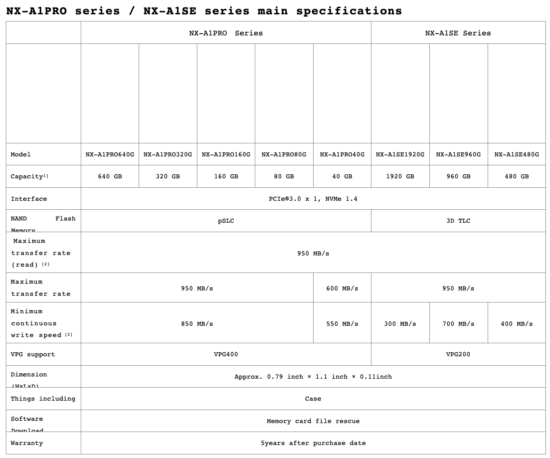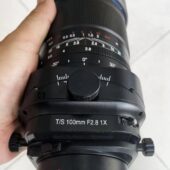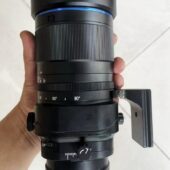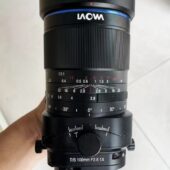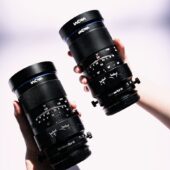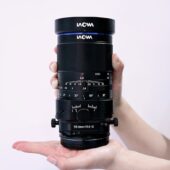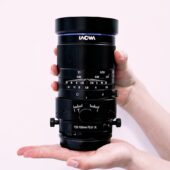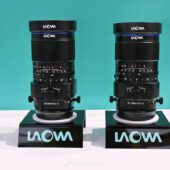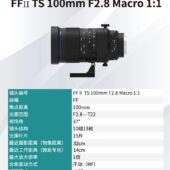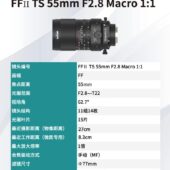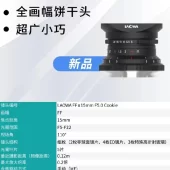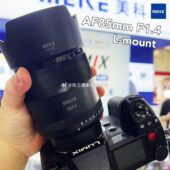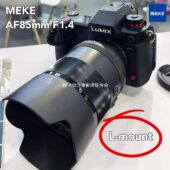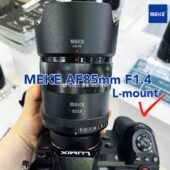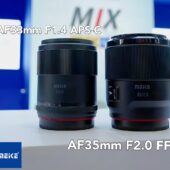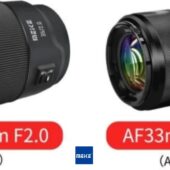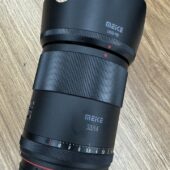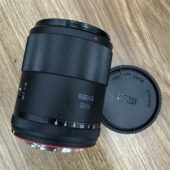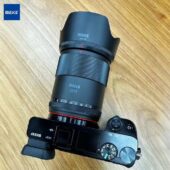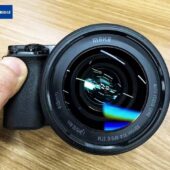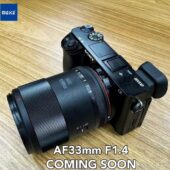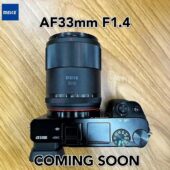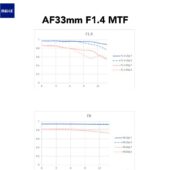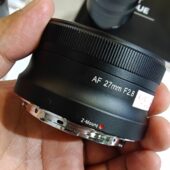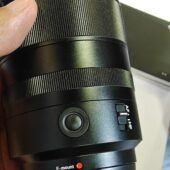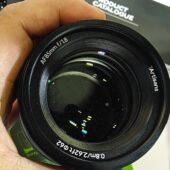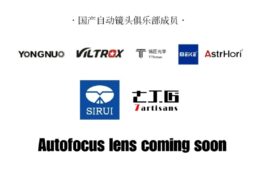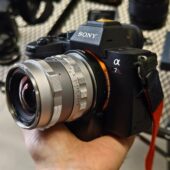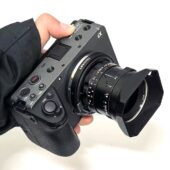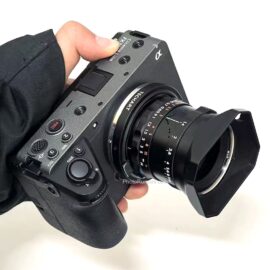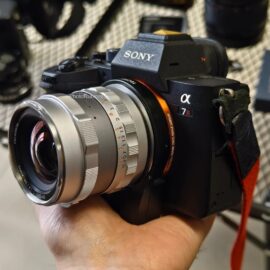Sigma 15mm F1.4 Diagonal Fisheye sample gallery: Night photography in the sub-arctic
In late February, Sigma surprised us by announcing its 15mm F1.4 DG DN Diagonal Fisheye lens, an optic squarely aimed at astrophotography. Sensing an opportunity, we put the lens into the hands of José Francisco Salgado, a professional astrophotographer, just in time for a photography trip to the Canadian sub-arctic to shoot the aurora borealis.
An important note about these sample photos: When shooting sample galleries for lenses, we typically keep ISO values as low as possible to prevent image noise from affecting the apparent sharpness of images. By its very nature, astrophotography often requires higher ISO values, even with the fastest lenses. As a result, we asked José Francisco to capture his nighttime photos using ISO settings that were appropriate to the conditions. To allow for critical evaluation of sharpness, he also included several daytime photos in the gallery that were photographed at low ISO values.
What did he think of the lens? "Diagonal fisheye lenses are part of my arsenal to capture very wide sky subjects such as auroras and the Milky Way," he told us. "The Sigma 15mm F1.4 DG DN is the fastest and sharpest diagonal fisheye lens I have ever used. Its focus lock is a feature that, as an astrophotographer, I have been wishing for for years."
You can learn more about the lens here.
View the Sigma 15mm F1.4 DG DN Diagonal Fisheye sample gallery
Note: Please do not reproduce any of these images on a website or any newsletter/magazine without prior permission (see our copyright page). We make the originals available for private users to download to their own machines for personal examination or printing (in conjunction with this review); we do so in good faith, so please don't abuse it.
José Francisco Salgado, PhD is an Emmy-nominated astronomer, night sky photographer, public speaker, and photo tour operator who creates multimedia works that communicate science in engaging ways. His Science & Symphony films through KV 265 have been presented in more than 260 concerts and 215 lectures in 21 countries.
José Francisco, a seasoned aurora photographer, leads his Borealis Science & Photo Tours in Yellowknife, Canada, where you can view, photograph, and learn about the Northern Lights.
You can follow him on Flickr, Instagram, 500px, Facebook, and Twitter



